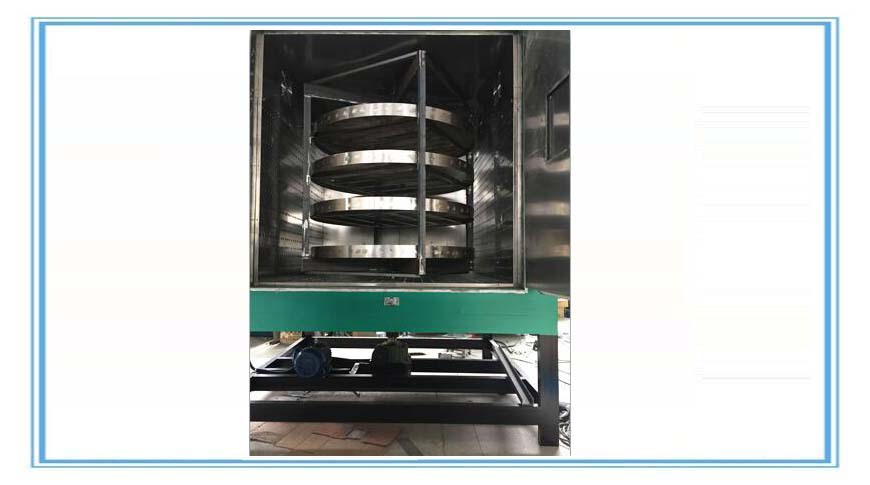More popularly known by the brand name Teflon, PTFE, or polytetrafluoroethylene, is an electrical insulator used in making high-grade cable and wire. PTFE tape is revered as a superior insulator for many qualities, including low dissipation, wide temperature tolerance, high-frequency stability, low smoke generation, resistance, dielectric constants and its resistance to flame, chemicals, solvents, moisture and volume. Sintered and unsintered PTFE tape are two of the three main types design engineers use in making high-performance cable and wire.
Design and Manufacture
Engineers produce sintered, or “full density,” PTFE tape by compression moulding a cylinder-shaped billet, heat sintering it in a PTFE sintering furnace and skiving the film off of it. Engineers produce unsintered PTFE tape by cold extruding a fine PTFE powder through a special die.
Properties
Sintered PTFE tape has a specific gravity, or density, of 2.15g/cm3, crystallinity of 50 to 70 per cent, porosity of less that 1.0, matrix tensile strength of 20-30 Mpa and thermal conductivity of 0.2 Kcal/m-hr in degrees Celsius. Unsintered PTFE tape has a specific gravity, or density, of 1.5g/cm3, crystallinity of 92 to 98 per cent, porosity of less that 10, matrix tensile strength of 10-20 Mpa and thermal conductivity of under 0.2 Kcal/m-hr in degrees Celsius.
Characteristics
Both unsintered and sintered PTFE tape have poor resistance to cold flow and excellent chemical resistance, but unsintered tape has poor abrasion resistance compared with the moderate abrasion resistance of sintered tape.
Applications
Design engineers most commonly use PTFE tape for insulation of aircraft electronic equipment hookup wire for military and commercial uses. Engineers wrap unsintered PTFE tape around a conductor and then heat sinter it to produce potent electric wires with integrity, rigidity and uniform insulation. Engineers use unsintered PTFE tape to create high-speed data cables of superlative quality and with minimal signal loss.




